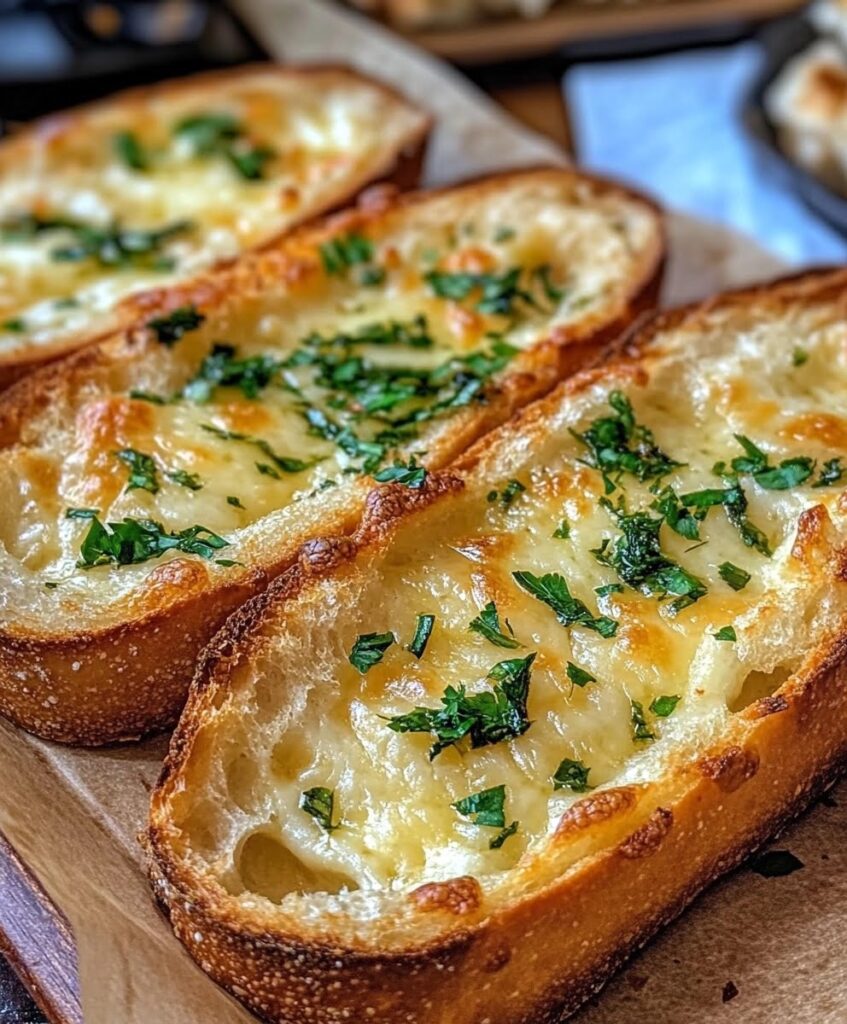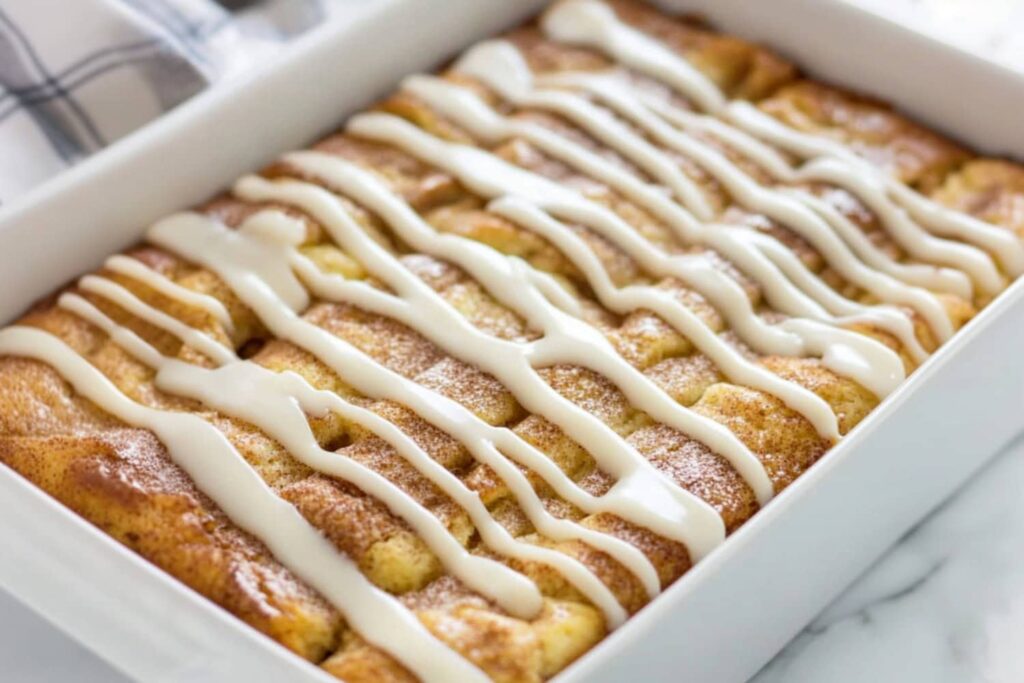Delicious Okinawa Style Coral Trout Recipe (Mībai Māsu-ni)
When it comes to simple, yet incredible ways to cook fish, the Okinawa Style Coral Trout stands out. This method revolves around the pure flavors of the ingredients—allowing the fish to shine with minimal interference from heavy seasonings.
By simmering the fish in salted water with a splash of sake and a few slices of ginger, you’ll evoke the true essence of the fish. In contrast to many typical Japanese simmered dishes that use soy sauce or dashi stock, this approach celebrates simplicity.

This cooking style enhances the original flavor of the ingredients and reflects the Japanese culinary philosophy of highlighting natural tastes. Those accustomed to bolder flavors might find the dish a bit subtle, but it’s all about appreciating the delicate taste of the fish.
For this recipe, I opted for coral trout, known for its firm, flaky, and pristine white flesh; it’s an excellent choice for this dish. Feel free to substitute it with other white-fleshed fish like ocean perch, cod, or snapper—just be sure they’re fresh and avoid oily varieties.

About Mībai Māsu-ni
In Okinawa, coral trout is known as mībai, while in the rest of Japan, it’s referred to as sujiara. This delightful fish is considered one of the top three premium fish found in Okinawa, prized for its flavorful flesh and limited catch numbers.
When you’ve tasted coral trout, you’ll appreciate its unique texture—not too mushy, dry, or oily. Alongside it, blackspot tuskfish and flame snapper complete the trio of premium fish varieties.

In the Okinawan dialect, ‘salt’ is referred to as māsu, and in standard Japanese, it’s shio. Due to its preparation in a salted broth, the dish is called Mībai Māsu-ni—where ni indicates that it’s simmered.
The traditional way to cook Mībai Māsu-ni is with a whole fish, although I’ve chosen fillets for convenience—many might find it off-putting to have a fish staring back at them.
This dish is believed to have originated from Okinawan fishermen who would cook freshly caught fish in seawater right on their boats.
About Awamori
Awamori is an Okinawan distilled rice liquor, boasting an alcohol content of 30-43%. While it may not be commonly recognized outside of Okinawa, it serves an important role in local cuisine.
Unlike typical sake, awamori originates from indica rice imported from Thailand and shares similarities with shōchū, another type of distilled drink. It has a richer and sweeter flavor profile compared to shōchū, which has a lower alcohol content of 20-25%.

While awamori can subsitute sake in recipes, it’s best suited for dishes with stronger flavors. It doesn’t pair well with delicate dishes like clear soups unless you’re fond of its distinctive aroma.
What’s Included in My Okinawa Style Coral Trout Recipe (Mībai Māsu-ni)
For my version, I used a larger coral trout fillet, slicing it diagonally. If your fillet is on the smaller side, simply use an entire side for each serving.

Vegetables
While veggies aren’t essential, it’s lovely to include some for color. Tofu, however, is a must-have in this dish:
- Sliced carrots
- Diagonally cut spring onions
- Firm tofu pieces
Broth Ingredients
- Water
- Sliced ginger
- Awamori (or substitute with shōchū or regular sake)
- Salt
Optional Garnish
To elevate the dish, I like to sprinkle some aonori on top for a hint of sea aroma. However, it’s just as delicious without it. Alternatively, you could use harishōga for a pop of flavor.

How to Make Okinawa Style Coral Trout Recipe (Mībai Māsu-ni)
- For whole fillets, make a couple of diagonal cuts on the skin side to prevent curling. This step isn’t needed for fillet pieces.
- Combine all broth ingredients in a shallow pot or a deep frying pan.
- Place the fish, carrots, tofu, and green onions into the pot, ensuring they aren’t overlapping, then bring to a boil.
- Lower the heat to medium, cover, and let it simmer for 5 minutes.
- Turn off the heat. Transfer the fish and veggies to a plate, drizzling a bit of the broth on top.
- If you’re using aonori, sprinkle it over the fish for a gourmet touch.

If your fillets are thinner, you might only need to simmer for 3-4 minutes. I made two servings and reheated one the next day in the microwave—it was just as tasty as the first time!
This dish is not just quick to prepare but also remarkably simple in flavor, letting the delicious fish take center stage.












